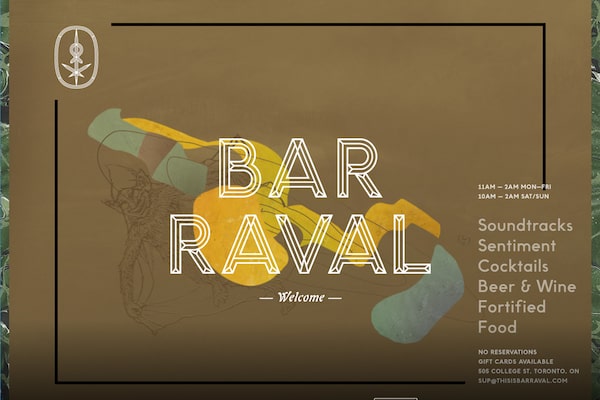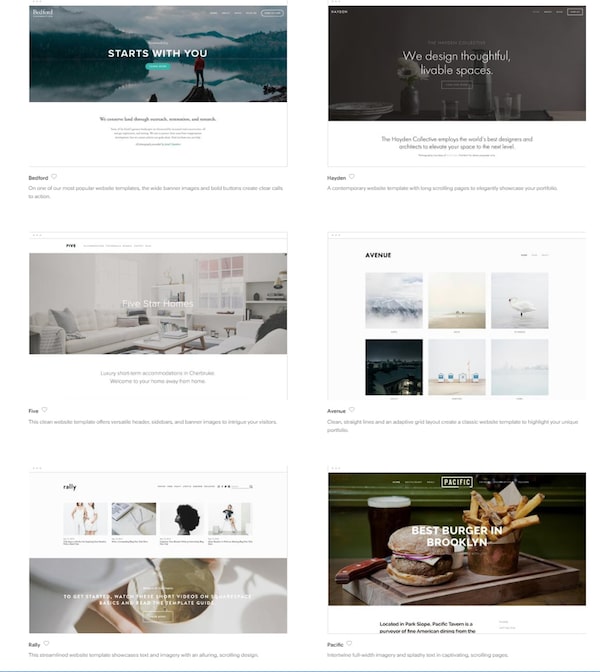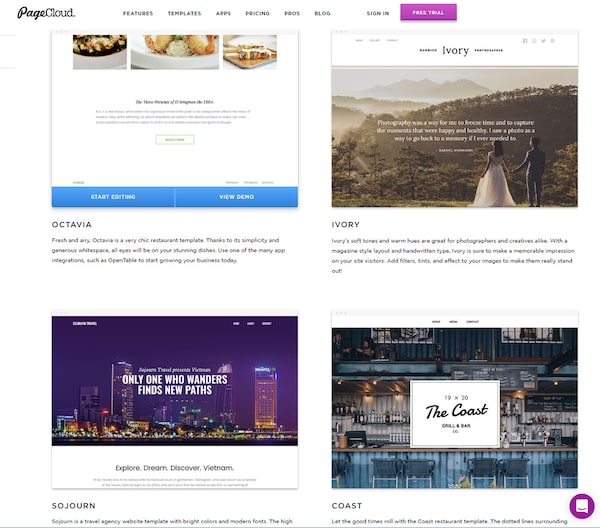As the marketing director for a company that operates restaurants in Toronto, Olga Kisza has learned a thing or two about designing websites. Chief among them: Function needs to trump form.
“They have to be really accessible and mobile-friendly. People want to very quickly get to the root of the information,” she says. “It really has to be front and centre.”
It’s a lesson many small and medium-sized businesses learn the hard way. The temptation to create a flashy, complex online presence can be great, but doing so often slows a website down and muddies the user’s experience.
Olga Kisza has found that with restaurants, customers are put off by heavy graphics and animations, especially when all they’re looking for is basic information.
Ms. Kisza oversees strategy and design of websites for each of the eight restaurants co-owned by Overbudget Inc., the company started by entrepreneur Grant van Gameren in 2016, as well as a catering business. Among the eateries are Bar Isabel, Bar Raval and Pretty Ugly. Ms. Kisza is also planning a website for the parent company itself.
With restaurant sites, she has found that customers are put off by overly graphic-oriented designs and animations, especially when all they’re looking for is basic information such as location, hours of operation and reservation options.
“In the past we’ve taken the approach of putting style and design first and then burying that information slightly,” she says. “We’ve found they need to be as functional as we can make them because that’s what drives people into our restaurants.”
Business websites have moved toward simplicity in the past five years. With smartphone adoption skyrocketing, sites must be mobile-friendly – which means fast-loading, easy to view and navigate with a touch screen, and light on data consumption.

The website of the Toronto restaurant Bar Raval, one of the eateries owned by Overbudget Inc.
Exact estimates vary, but mobile visits to websites surpassed those from desktops either in 2016 or 2017, meaning that simplicity is a necessity rather than an option.
Fortunately for businesses looking to create new websites, it has never been cheaper or easier to do so. Online service providers offer automated one-stop shops for all website needs, which are options that didn’t exist just a few years ago.

Six popular website templates from Squarespace Inc.
New York-based Squarespace Inc., for example, allows users to register a domain name, create a website using templates and have it hosted, with packages starting at US$12 a month. All the user has to do is plug in text, photos and other details. Squarespace automatically generates the rest. Another option is PageCloud Inc., based in Ottawa, which starts at $20 a month.
With e-commerce capabilities such as an online store added, the costs start at US$26 a month at Squarespace. Ottawa-based Shopify Inc. offers similar options at US$29 a month.
Squarespace and Shopify are great options, says Benjamin Leszcz, partner and managing director of the Toronto-based creative consultancy Whitman Emorson. “You can create something very professional that would have cost you a fortune 10 years ago.”

Website design templates from PageCloud, an Ottawa-based company.
Paradoxically, while websites have become simpler, the overall marketing picture that they’re part of has become more complex – and potentially expensive. For growing businesses, or those that have established themselves, a website is now just one segment of an online marketing plan that likely also includes branding and social media channels such as Twitter and Instagram.
With Squarespace and Shopify automating the basics, many Web developers have moved toward providing these higher-end services. They aren’t just offering website creation but also more fulsome marketing consultation where sites work in conjunction with social media and other marketing efforts.
Such services typically cost significantly more, from tens of thousands of dollars to hundreds of thousands, depending on the size of the business.
“Every touch point that consumers have with you should reflect who you are and what you stand for,” Mr. Leszcz says. “You should be singing from the same song sheet and it should all add up to the same thing.”
The key for each business is to assess what stage they’re at and what their needs are, says Alistair Leyland, head of the Toronto-based design agency Array of Stars.
Entrepreneurs and businesses need to decide whether their websites will be communication tools or sales channels, for example, as well as what level of marketing they’re prepared to engage in. Answering those questions will help determine whether they should go with an inexpensive, automatically created website or work with a higher-end design firm.
“Research and reconnaissance is rarely time wasted,” Mr. Leyland says. “Those are different outcomes and they require different strategies.”
For Ms. Kisza, her challenge now lies somewhere in the middle – in creating websites that are simple and functional but that also stand out from the competition. With eight restaurants and about 200 employees, Overbudget has outgrown the likes of Squarespace and Shopify and is in need of a unique strategy.
“We’re really considering how our social and marketing works with our website. We’re considering how those complement each other,” she says. “We want to create an experience and value beyond just, ‘Book with us.’"